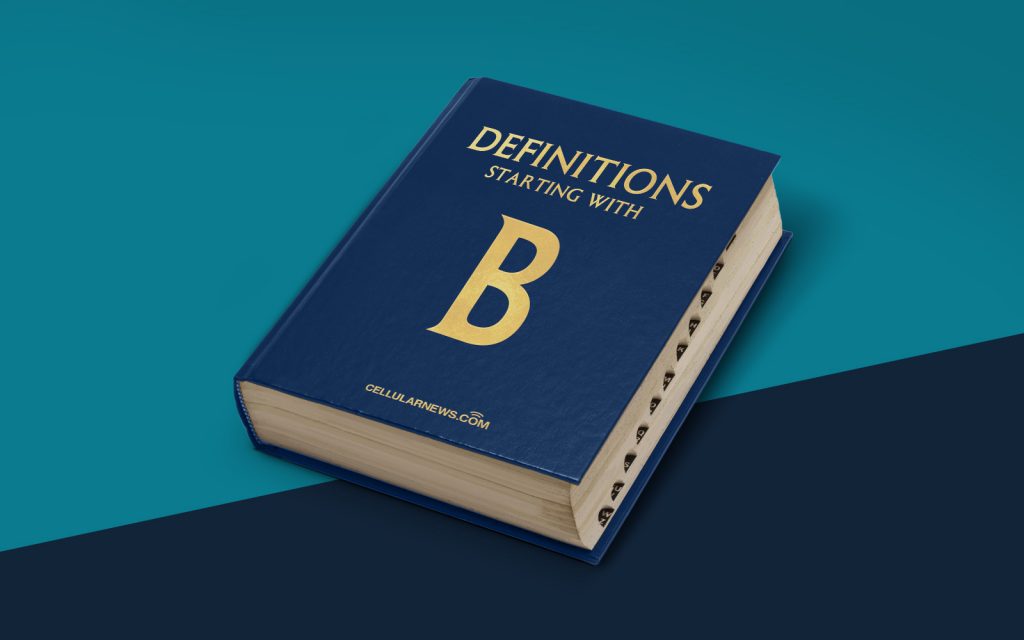
DEFINITIONS: What is Binary Data?
Have you ever wondered what binary data is? In this post, we’ll dive into the world of binary data and explain everything you need to know about it. Binary data is a fundamental concept in computing and plays a crucial role in how computers store and process information. So, let’s break it down and demystify this fascinating term!
Key Takeaways:
- Binary data consists of 0s and 1s, representing the basic building blocks of information in computing.
- Computers use binary data to store, transmit, and manipulate various types of information.
In simple terms, binary data is a way of representing information using a system of only two possible options – 0 and 1. These 0s and 1s, known as binary digits or bits, form the foundation of all digital data. The word “binary” itself comes from the Latin word “bini,” which means “two-by-two.”
Binary data is a language that computers and digital systems understand. It allows them to process complex information by breaking it down into a series of simple yes/no or on/off decisions. It’s as if computers communicate using a secret code where every bit holds a specific meaning.
Here are a few key characteristics of binary data:
- Binary Digits: Binary data is represented using binary digits or bits, which can be either 0 or 1. These digits can be combined in different ways to represent larger numbers, letters, or other types of data.
- Base-2 System: Binary data follows a base-2 numbering system as opposed to the decimal system we use in our everyday lives. In decimal, we have 10 digits (0 to 9), whereas in binary, we have only 2 digits (0 and 1).
- Data Storage: Computers store binary data in various forms, such as files, databases, and memory. Every piece of information, from text and images to videos and sound, is ultimately encoded and stored as binary data.
- Processing and Transmission: Binary data enables computers to perform calculations, execute algorithms, and transmit information across networks. It allows for a myriad of tasks, from simple arithmetic operations to complex computations.
Binary data is the backbone of modern computing, providing the building blocks for the digital world we live in. Without it, our computers wouldn’t be able to process information, run software, or perform tasks efficiently.
So, the next time you come across the term “binary data,” remember that it refers to the language computers speak – a language made up of 0s and 1s. It’s this simple yet powerful concept that lies at the heart of the technological marvels we enjoy today!
Key Takeaways:
- Binary data consists of 0s and 1s, representing the basic building blocks of information in computing.
- Computers use binary data to store, transmit, and manipulate various types of information.
